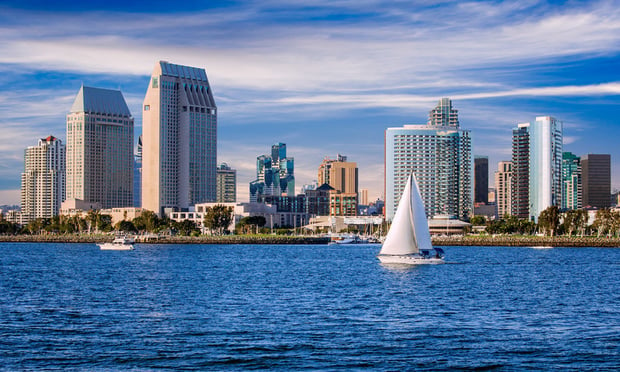IRVINE, CA—Mixed-use development has become more accepted even in suburban environments, featuring product types that include hotel, office, apartments, retail and more, Irvine Co.'s president of retail properties Dave Moore tells GlobeSt.com. The company recently announced a major $150-million reinvestment in Irvine Spectrum Center—celebrating its 20th anniversary—that will feature more than 20 new stores, new landscaping, outdoor seating and shade areas, state-of-the-art amenities and circulation and parking-garage improvements. The reinvestment will also entail more than 20 carefully curated stores located within two new buildings on the current site of Macy's, which announced recently the closure of 40 stores nationwide, including the one at Irvine Spectrum Center.
We spoke exclusively with Moore about his firm's approach to repositioning and reinventing vacant retail sites, the strategies that work and don't work and trends in repositioning big-box space.
GlobeSt.com: What is your firm's approach to repositioning and reinventing obsolete or vacant retail sites?
Recommended For You
Want to continue reading?
Become a Free ALM Digital Reader.
Once you are an ALM Digital Member, you’ll receive:
- Breaking commercial real estate news and analysis, on-site and via our newsletters and custom alerts
- Educational webcasts, white papers, and ebooks from industry thought leaders
- Critical coverage of the property casualty insurance and financial advisory markets on our other ALM sites, PropertyCasualty360 and ThinkAdvisor
Already have an account? Sign In Now
*May exclude premium content© 2025 ALM Global, LLC, All Rights Reserved. Request academic re-use from www.copyright.com. All other uses, submit a request to [email protected]. For more information visit Asset & Logo Licensing.









